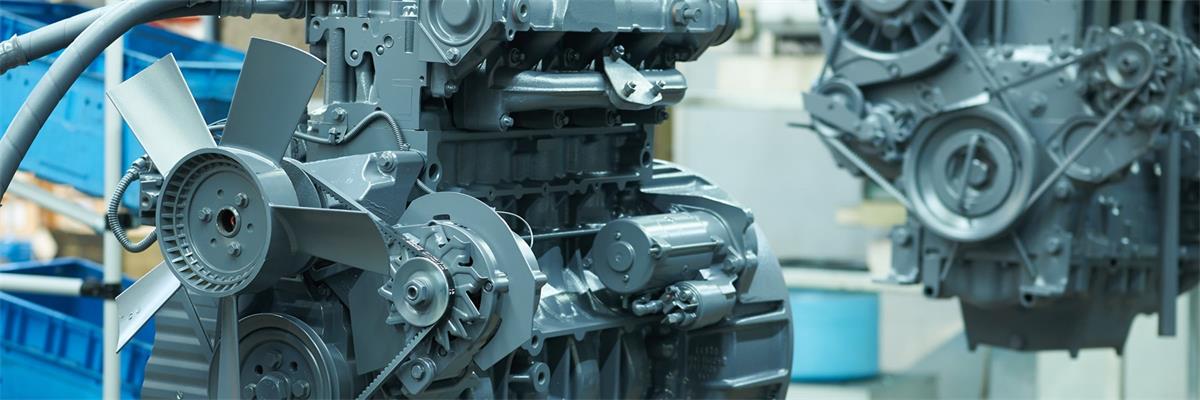
Deutz diesel engine FAQ
10. Why does Deutz diesel engine emit black smoke?
After being used for a long time, the Deutz diesel engine will emit smoke, affecting the working environment, causing air pollution, and its performance will also be significantly reduced. The main reasons are:
(1) The engine is overloaded for a long time;
(2) Insufficient fuel injector pressure or poor atomization causes incomplete combustion;
(3) The oil supply angle is too late, causing combustion in the exhaust pipe;
(4) The oil supply volume of the high-pressure oil pump is too large or the oil supply of each cylinder is uneven;
(5) The air filter and air intake duct are blocked and the air intake is not smooth;
(6) Use heavy diesel or diesel of poor quality;
(7) The valve air seal is not tight and air leaks;
(8) The cam on the camshaft is excessively worn;
(9) The fuel injection pump advancer fails;
(10) The exhaust manifold or muffler is blocked and the engine makes abnormal noises.
11. Why does Deutz diesel engine emit blue smoke?
Blue smoke is mainly caused by burning engine oil. The reasons are:
(1) The piston and cylinder liner are severely worn, the matching gap is too large, and the oil enters the cylinder for combustion;
(2) Improper assembly of the piston ring creates a gap;
(3) The valve stem and valve guide are severely worn;
(4) The piston ring and oil ring are damaged or stuck due to excessive carbon deposits, losing their oil scraping function;
(5) Too much engine oil is added, etc.
12. Why is there oil in the water tank of Deutz diesel engine?
The main factors causing organic oil in the water tank are:
(1) There is an aluminum plug in the oil passage in the front cover of the Deutz diesel engine cylinder head. The aluminum plug is not installed as required or is missing, and the lubricating oil enters the water passage;
(2) There are blisters in the oil passage of the cylinder head on the body that are connected to the water channel, and the copper tube in the oil passage hole of the cylinder head on the body is loose and not riveted;
(3) There are blisters, shrinkage porosity or cracks on the cylinder head oil passage and water passage wall;
(4) The oil cooler cover has blisters, the oil cooler core has cracks, the oil cooler assembly "O" seal ring is not assembled properly, the "O" rubber ring is aged and has insufficient elasticity, and the oil cooler core "O" ring is not properly assembled. The groove processing is too deep and out of tolerance, resulting in insufficient sealing pressure of the "O" ring.






